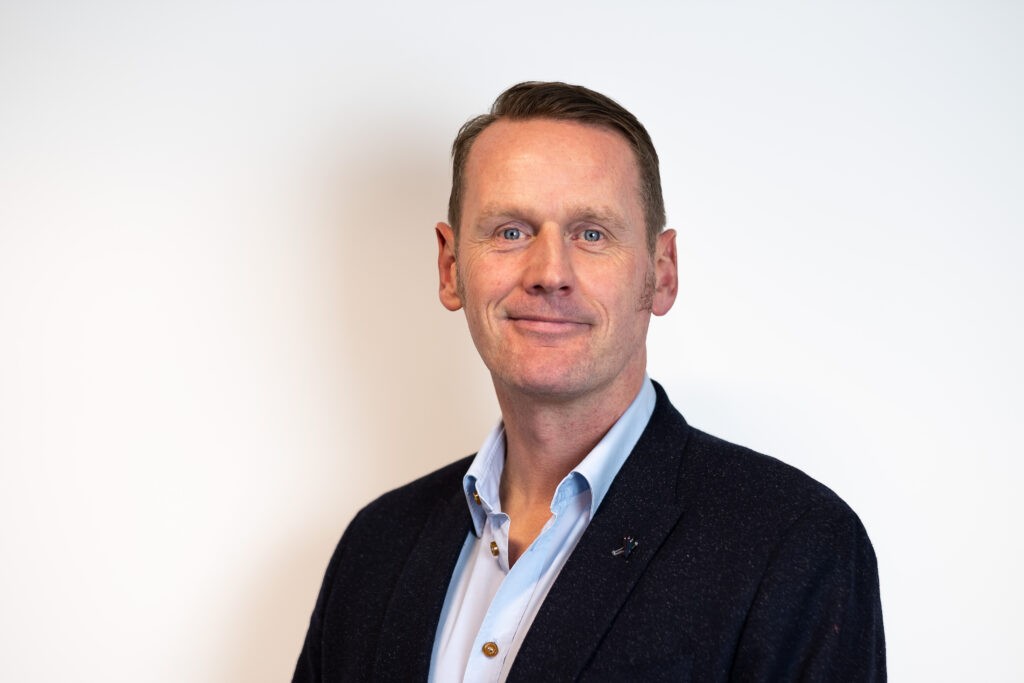Innovation in the leisure industry
There’s a common industry saying that says a person is more likely to be injured on the way to an attraction than on the attraction itself, and Jon Ruddock, the General Manager of the Leisure Equipment Asset Protection Scheme (LEAPS) opened his presentation by acknowledging the expectations of leisure attraction users.

Those expectations include that the equipment is built to a normalised standard using the correct materials and undergoes competent pre-use inspections and routine inspections and maintenance, and that on-site staff are experienced and know how to perform duties such as evacuations properly. When these expectations are not met then the consequences are disastrous. Two examples were given in the session: one of the Dreamscape incident in 2006 at Riverside Park in Chester-le-Street, County Durham when two people died after an inflatable art installation and maze was lifted from its moorings and turned over, the other was a ride in the US that was passed safe but collapsed during use because of undetected corrosion .
There are a number of reasons why things go wrong, as Jon Ruddock points out.
The interpretations of different manufacturing guidelines globally can mean that what you are purchasing for your facility – from fairground rides to soft play areas – “might not be what you are expecting.”
The competence and diligence of manufacturers and operators is also varied, with numerous different qualifications available.
Then there’s the market pressure of having an attraction that is highly sought-after, perhaps a new attraction, and so a tension arises between maintenance staff who might wish to take something offline for a while and operations managers who are keen to fulfil customer expectations. This means an increasing reliance on “reactive maintenance rather than proactive maintenance.”
Like any other sector, leisure is facing staffing issues. However, the leisure sector faces added pressures because of the often seasonal nature of the work, the competition for STEM graduates and engineering talent, many of whom are likely to be more attracted to nuclear, aviation or oil industries with a more obvious career path. Meanwhile, the resilience of the existing staff is at a level where emergency services have to be relied upon more than they should.
Another dimension to this is the relative inability for regulators to be proactive, with resources having to be much more targeted. When things do go wrong – from the unavailability of an attraction to a serious incident – the reputational effects are now much more widespread because of social media.
Though unable to present at the session, the work of Melvin Sandell, Principal Consultant Finch Consulting, a former HSE officer for nine years, was cited by Jon Ruddock with regard to incidents at fairgrounds broke down into:
- 10% machine failure; 30-40% operations failure; 30-40% technical failure: and
- 20% customer-related issues.
Tackling the largest problem areas, Ruddock noted that competent operation and management and competent inspection and maintenance happen “in silos” and are “not externally validated.’
The LEAPS leisure safety scheme, Ruddock explained, sets out to remedy this by offering a body independent of manufacturers and trade associations and other operators that rolls out a process for checking the diligence of operators and engineers via an assessment process and constant monitoring.
Their initiative uses a “bedrock’ the HSE’s guidelines and has mapped its qualifications and competencies to those of the UK Engineering Council. While companies as big as, for example, Disney might be able to provide the level of training and compliance required, many companies will not be in that position.
In conclusion, Ruddock observed that LEAPS is an opportunity to reduce accidents, reduce risk, extend the life of assets and maintain reputational value.
Innovation in the leisure industry
There’s a common industry saying that says a person is more likely to be injured on the way to an
Charlotte Geoghegan
SHP - Health and Safety News, Legislation, PPE, CPD and Resources Related Topics
‘Focus on safety over health in risk management is failing women’
How safety wearables are changing injury prevention
Hybrid working – how to keep people safe wherever they are – key insights from Peoplesafe’s Expo seminar

